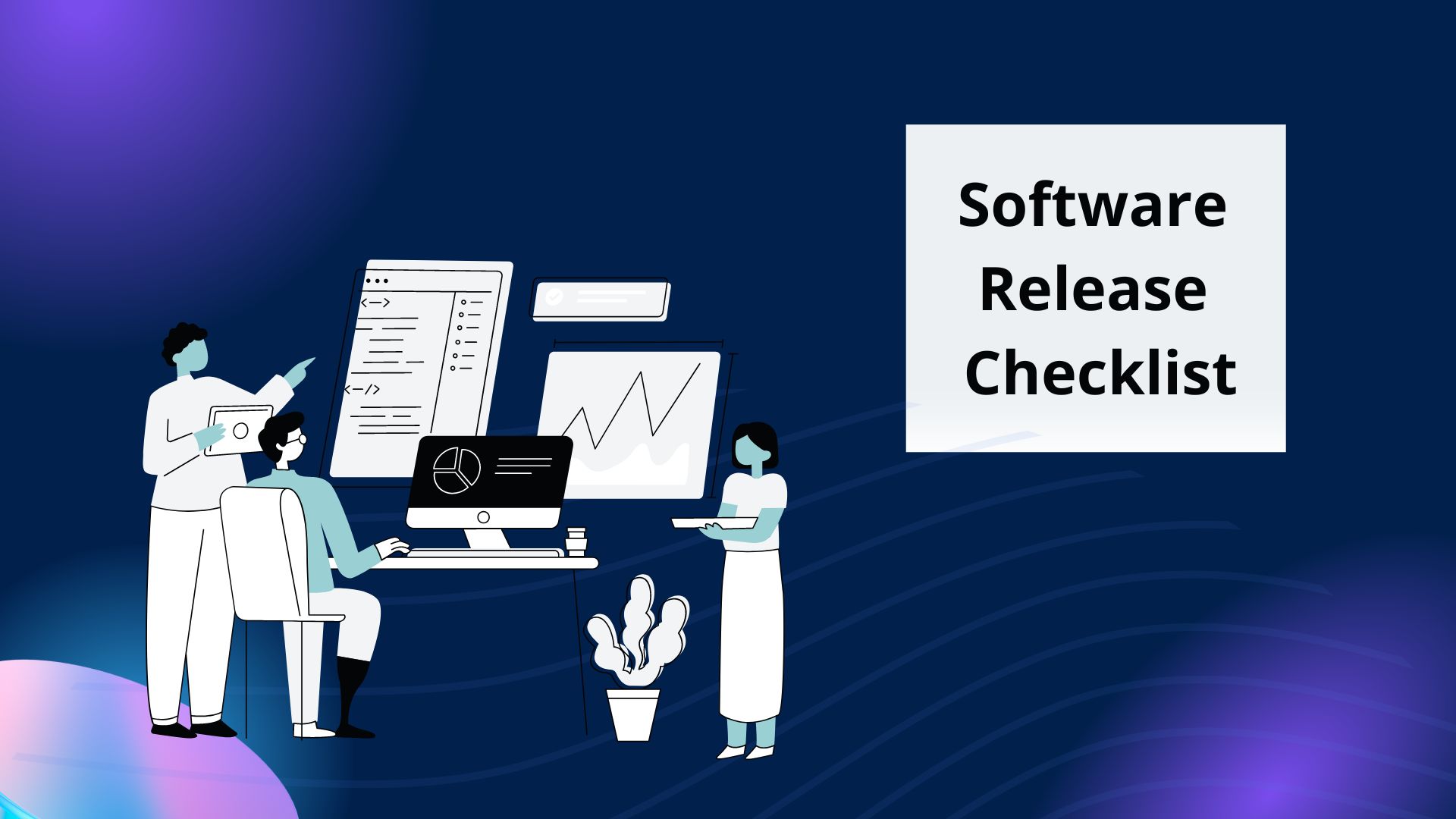Software Release Checklist: A Step-by-Step Complete Guide
 Binal Prajapati
Binal Prajapati
When it comes to software development, it's always important to have a software release checklist of items that need to be completed before a release. This gives everyone working on the project a guideline and prevents any last-minute issues from happening. In this article, we'll outline a step-by-step release checklist that can help streamline the process of releasing software.
A software release checklist is a valuable tool for ensuring that all the necessary groundwork has been completed before an application or system is released to the public. It ensures that all the tasks involved in producing, testing, and releasing a software change are documented, tracked, and managed.
There are considerable advantages associated with operating a software release checklist. These include improved process efficiencies, better quality controls, and accelerated time-to-market. By following a well-organized release checklist, you can hire software developers to ensure that your applications meet customer expectations and meet regulatory compliance requirements.
Here are some of the most common items on a software release checklist:
1. Finished coding
2. Testing done and all codes approved
3. Unit and Integration tests passing
4. All documentation created and correct
5. Final packaging and artwork created
6. Legal contracts signed off
7. Ready to release!
Software Release Checklist:
There is no one definitive way of doing a software release. Different teams and organizations have different procedural methods that they use to minimize the chances of human error during the release process. The following checklist is not meant to be exhaustive but rather serves as a guideline of a software release checklist that can help you streamline the process.
1. Define your goals for the release
Before anything else, you first need to define your goals for the release. Do you want to rapidly deploy a new feature? Pack up an old feature for retirement? Release a new version to fix an issue? Once you know what you're shooting for, start building out some specific criteria and goals for each stage of the release process.
2. Establish team roles and responsibilities
Once you know your goals, it's time to establish team roles and responsibilities. Who will be responsible for management? Testing? Documentation? Detailed QA reports? Once you have a basic idea of who is doing what and when they are doing it, setting up timelines and expectations becomes much simpler.
3. Plan builds and deployments
Once you have a clear understanding of your release process stages and team roles and responsibilities, next comes planning builds and deployments. This includes knowing when content will be ready for testing (unit/integration) as well as making sure all infrastructure is in place (load balancer/VPSs/database servers). The whole goal here is to keep your team safe while still delivering on your promises!
4. Preparing for the software launch
The next step in any successful software release is preparing for it by creating a software release checklist of required tasks. This includes everything from setting up beta testing to creating a marketing strategy. By following a standard release procedure, you can minimize the chances of any embarrassing bumps in the road and ensure a smooth and successful rollout.
5. Executing beta testing
Beta testing is an essential part of any software release procedure and is designed to ensure that the final product is bug-free before it goes live to the public. It involves recruiting a large audience to test the software using realistic scenarios and ensuring that feedback is properly collected and analyzed. By conducting beta testing early on, you can catch any major glitches before they affect your regular users.
6. Track progress periodically
Never stop tracking progress! Even if everything goes smoothly during a build or deployment, there's always something to check (new issues popping up on the code base? Database errors going undetected?). By keeping tabs on progress regularly throughout the entire process, you'll be able to detect problems early on and correct them before they cause any big headaches come crunch time!
7. Planning marketing strategies
Before releasing your new software, it's important to plan a marketing strategy that will get your products into as many hands as possible. This could affect promotion on collaborative campaigns or social media with other businesses. By catering your campaign specifically to your target market, you can ensure maximum reach and ROI.
Conclusion:
In conclusion, now you know that a software release checklist can be used to ensure that all steps required to produce, test, and release a software change are completed. This includes everything from the capture of requirements to confirming that user training has been completed. Businesses can hire dedicated developers for a software release checklist can also help to manage change efficiently and ensure that all changes are made in a controlled fashion.
When it comes to software development, it's always important to have a plan and set of procedures in place. This way, you can Organization your time, manage risks, and, most importantly, deliver high-quality software on time. Without a plan, chaos will ensue, affecting everyone involved in the project.
Subscribe to my newsletter
Read articles from Binal Prajapati directly inside your inbox. Subscribe to the newsletter, and don't miss out.
Written by
